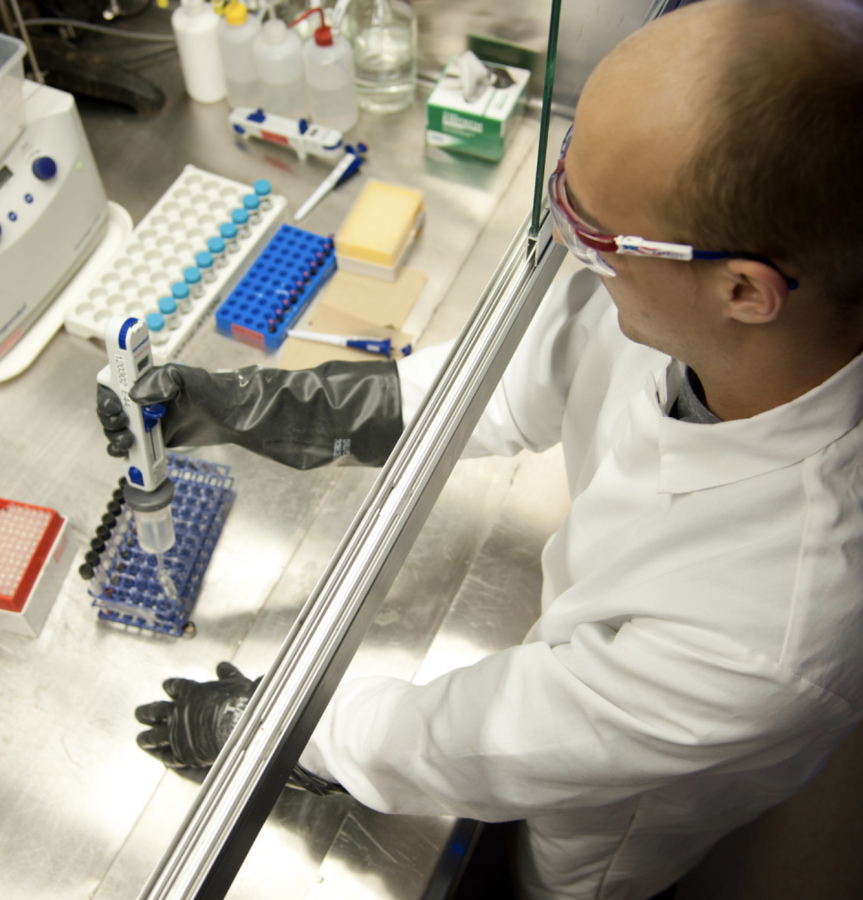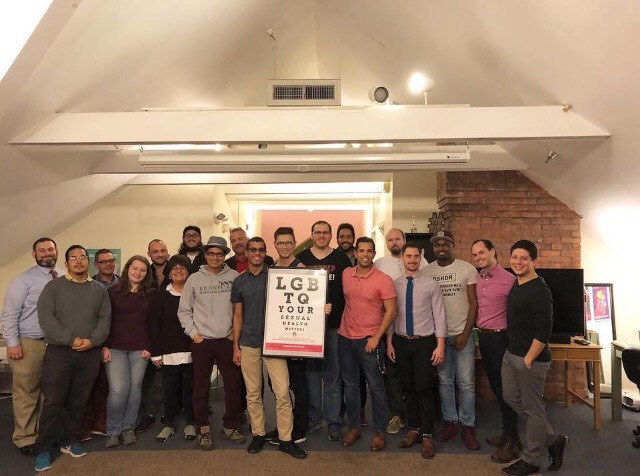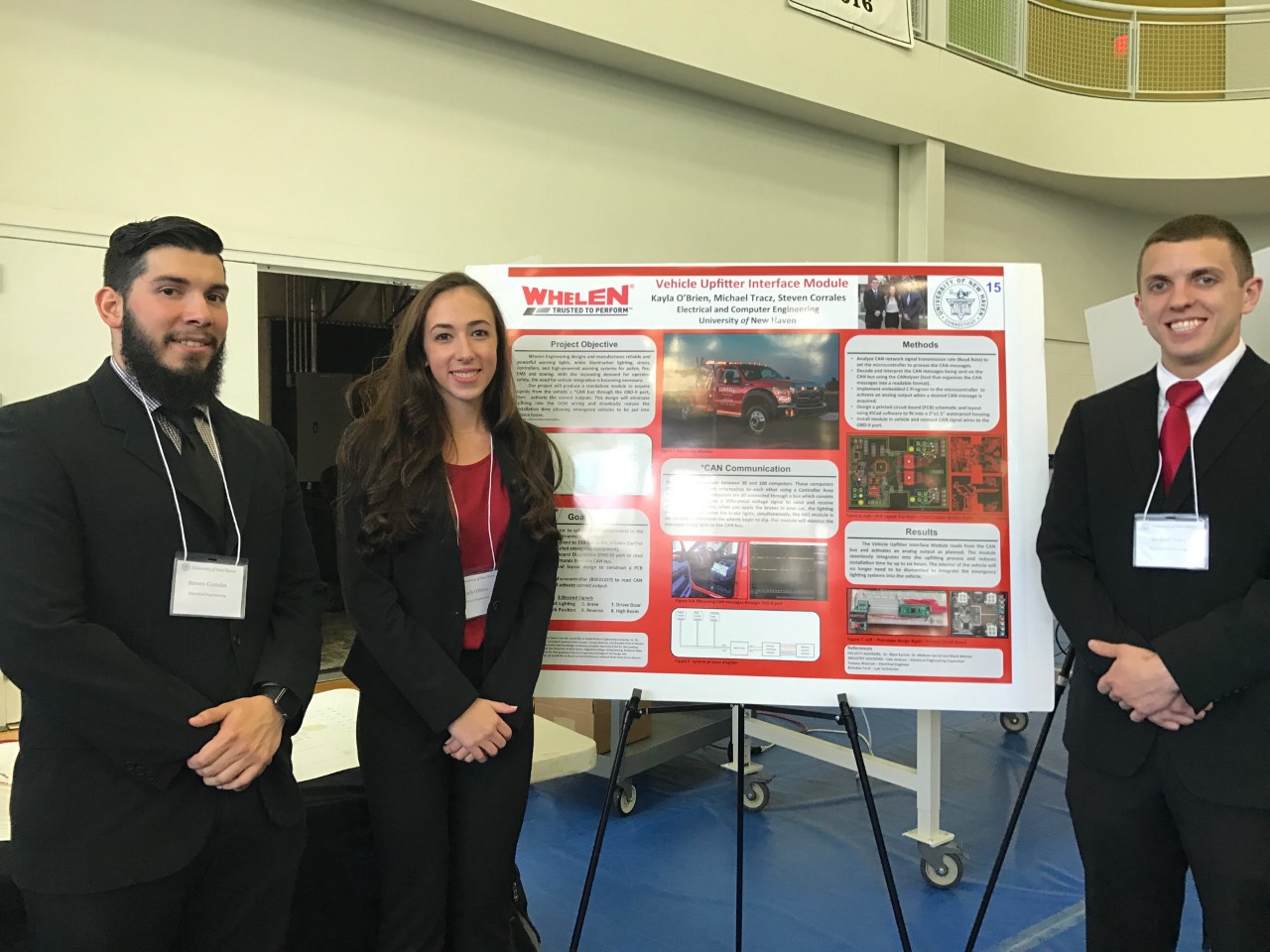Robert Edwards, 85 of Britain, was selected as the 2010 Nobel Prize winner for medicine. He is the creator of the experiment entitled the “test-tube” baby. His experiment has brought four million babies into this world, an incredible achievement for science and medicine.
Edwards is a professor at the University of Cambridge, where he has done most of his research and experiments. His vision of a “test-tube” baby finally became a reality on July 25,1978 when Louise Brown, the first “test-tube” baby, was conceived to a couple who were trying for nine years to have a baby.
When Edwards was in the laboratory, he used in vitro fertilization, also known as IVF. This procedure involves the process where an egg is removed from a woman, and then it is mixed with a male sperm right in the laboratory. Edwards and his research partner, Patrick Steptoe, who died in 1988, faced opposition to their IVF experiments.
According to the Nobel Prize committee, experiments like Robert Edwards’ “test-tube” baby, are not given right away because the committee has to decide whether or not the experiment is worthy of the achievement. Although this experiment can be costly, many families that were unable to conceive are now able to have babies by in vetro fertilization.












